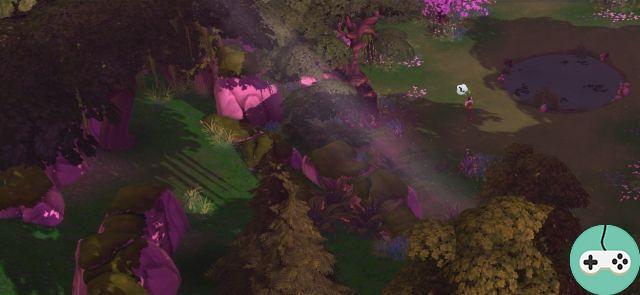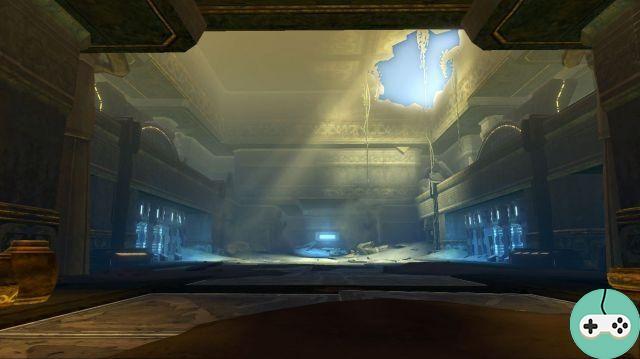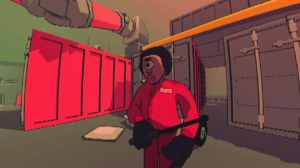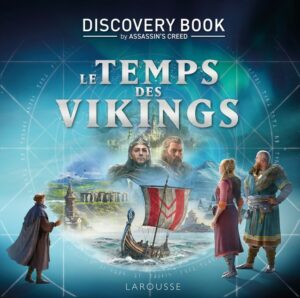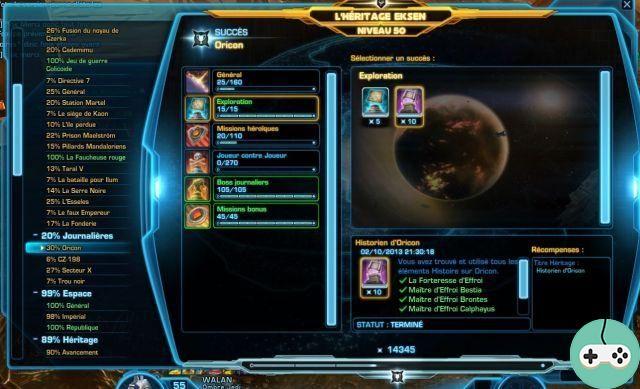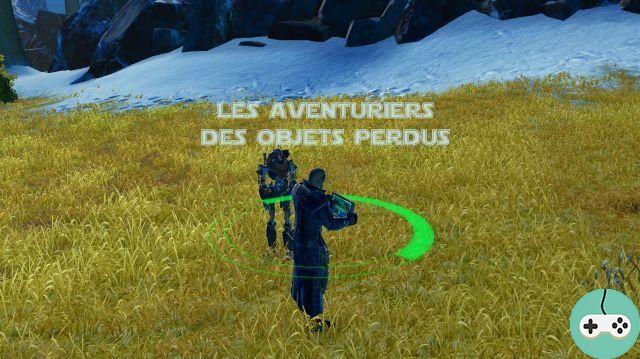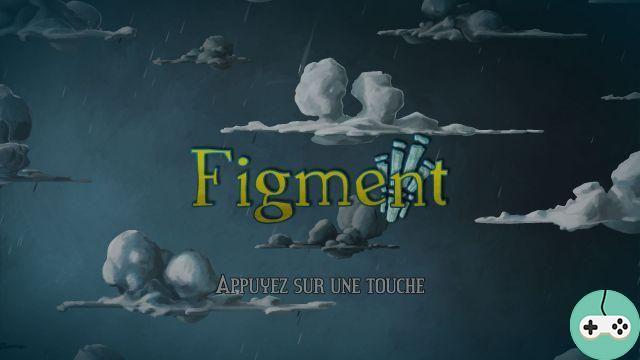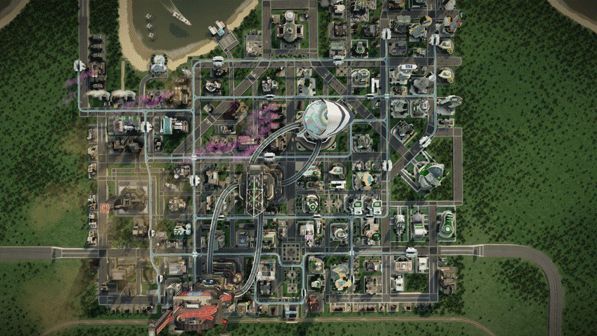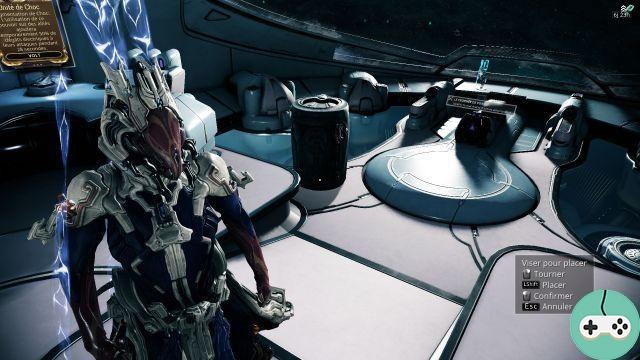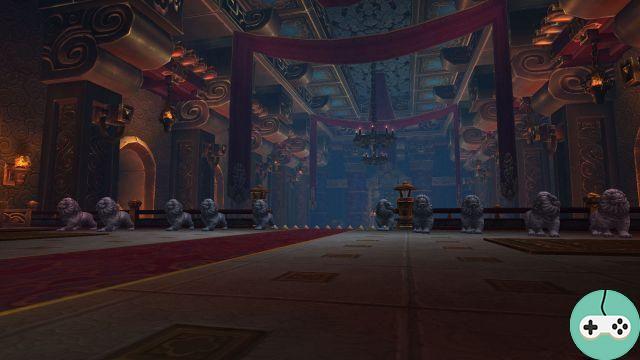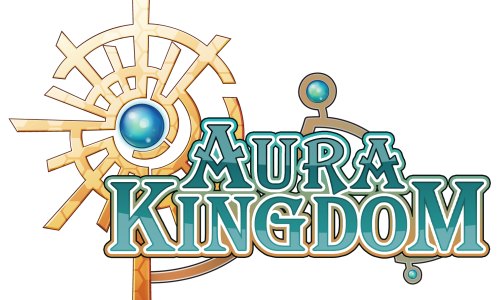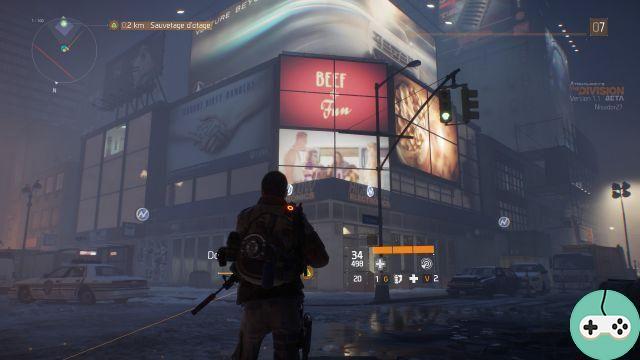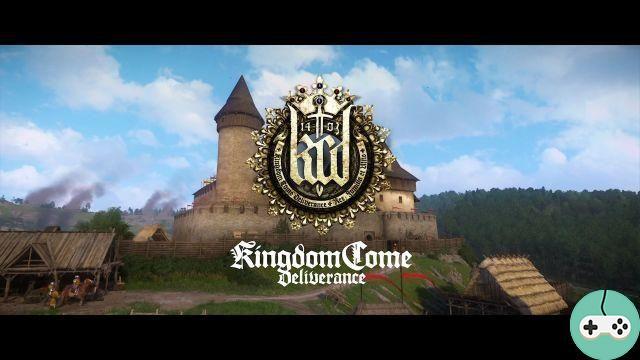On October 4, a new DLC was released on the zoo simulation game, Planet Zoo, this time taking it to North America. On the program, seven habitat species, one species for the vivariums, and a timed scenario.
The best way to experience these new features is to visit the zoo created especially for the timed scenario, the Jameson Zoo which is located at the foot of the hills of the Blue Ridge Mountains.
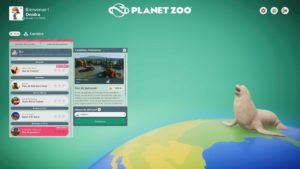
Some nice screenshots showing the facilities, with many wooden walkways weaving through the trees with the orange leaves of early autumn. Water is omnipresent, a natural barrier used for many enclosures. A small theater is installed near the sea lions to allow visitors to admire the animals in comfort, and to increase their level of education. Moreover, this is part of the objectives in order to obtain the stars: to have at least 12 species of habitats in the zoo with a general parameter of 70%, to have at least two arctic foxes, to give birth to a puma, to obtain benefits annual fees of $15 and raise the education score to 000 stars.
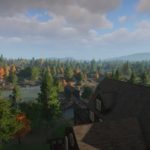
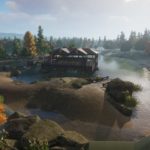
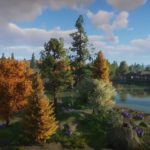
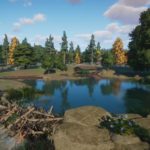
Castor du Canada
This large rodent lives in temperate forests and riparian areas in the United States and Canada. It needs a large space, at least 480 m² for the first individual, of which 335 m² will be water. He likes to live in groups of two to eight couples, which at most represents an enclosure of about 800 m². The beaver being monogamous, an equal number of females and males must be provided to obtain babies. Beyond this aspect, even if it is indicated that it is delicate to ensure the reproduction in captivity, I did not find it very difficult to raise. A fun animal, especially since visitors can even enter its habitat.
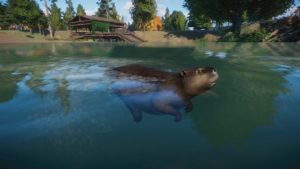
Momentum
A large deer, very common in boreal and deciduous woodlands, typical with its prominent snout, and the large webbed antlers of the males. According to the Zoopédie, these ornaments can have a wingspan of between 1,40 and 1,80 m (the animal measures up to 2,30 m in height at the withers). The group should be relatively small, with only one male, and up to three females. It is important to avoid the presence of several males, otherwise they may fight over females. So that they do not feel cramped, the group will ask for 1 m² with, if possible, a small water space of 792 m².
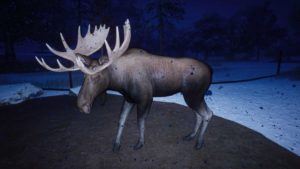
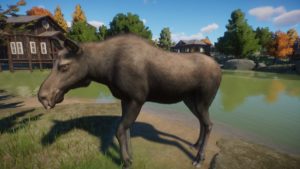
California sea lion
Native to the coastal regions of the western United States and Mexico, sea lions are sociable animals, living in large groups, which can accommodate up to fifteen individuals. Single males and females will tend to group together, and form small independent groups that defend their own territories. In order for them to feel comfortable, it will be necessary to provide them with a habitat of a suitable size, with sufficiently deep water.
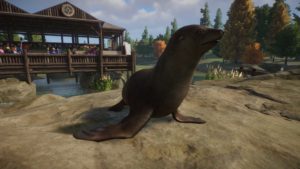
Puma
This big cat, also called cougar or mountain lion, loves the forests, mountains, prairies, deserts and bushes of North America. You have to pay particular attention to his climbing skills when making his habitat because he is able to climb trees with disconcerting ease. It is enough that one of these perches is near a fence so that it lands outside and scares away all visitors. It is a solitary animal, only one will be enough, or a couple if the objective is to reproduce. There is also no need to provide water, just 800 m² of a beautiful wooded area.
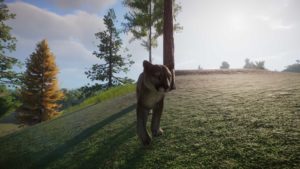
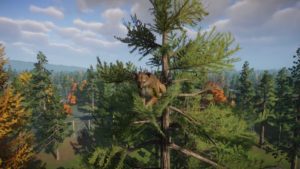
American alligator
This large crocodilian lives in rivers, marshes, swamps, and wetlands throughout the southern United States and Mexico. It is not an endangered species at all! According to the Zoopédie, they would be 5 million in the wild... not very reassuring. The ideal group will consist of a male, accompanied by a maximum of five females, with water, lots of water, and of course places that are emerged to be able to bask in the sun on hot days.
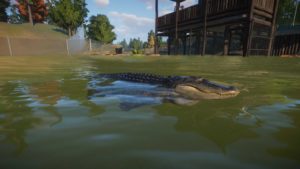
Prairie dog
An amazing little creature, this rodent lives in grasslands, plains, semi-desert areas and steppes. He lives in large groups, called coteries where, once again, it is preferable to have only one male, and ten females. If necessary, he likes to be in the company of the North American bison. But if he is alone, he will only need a very small space, only 310 m² for his group. The enclosure created in the scenario zoo is super well designed, with a cave where visitors can admire the animals through glass.
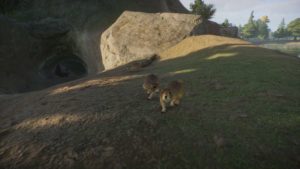
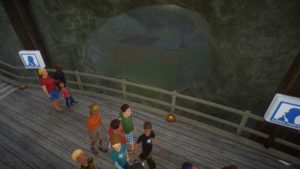
polar fox
This small species of canine lives in arctic regions and alpine tundra. It lives in groups of up to eight individuals, with an equal number of monogamous males and females, dominated by a pair of alphas. As they make a lot of babies, it is important to ensure a certain fairness, to avoid overpopulation and inbreeding, and to release into the wild or exchange young adults.
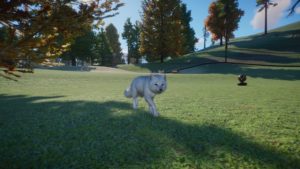
Bullfrog
Finally, the last animal lives in a vivarium, a large amphibian of marshes, ponds and lakes. An invasive and very voracious species, it disrupts the food chain in many countries where population control measures have had to be put in place to protect endemic fauna. Fortunately, there, the frog cannot do any damage!
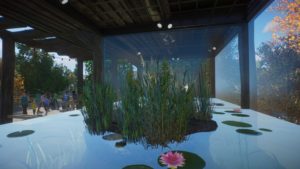
Conclusion
A very well supplied pack in terms of new species that will appeal to all breeders, especially those who wish to create zoos in the biomes of North America. Admittedly, there are redundancies with other animals already present in the game, such as the arctic fox. There are many other canids. Or the alligator when there was already a saltwater crocodile. But all these new animals are unique in their colors and behaviors. Finally, the timed zoo brings a new challenge for all owners eager for challenges.




